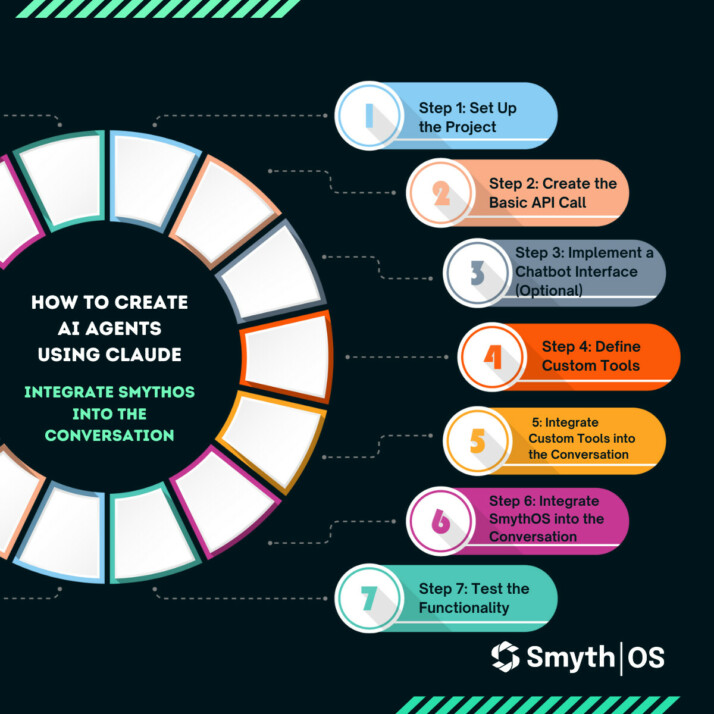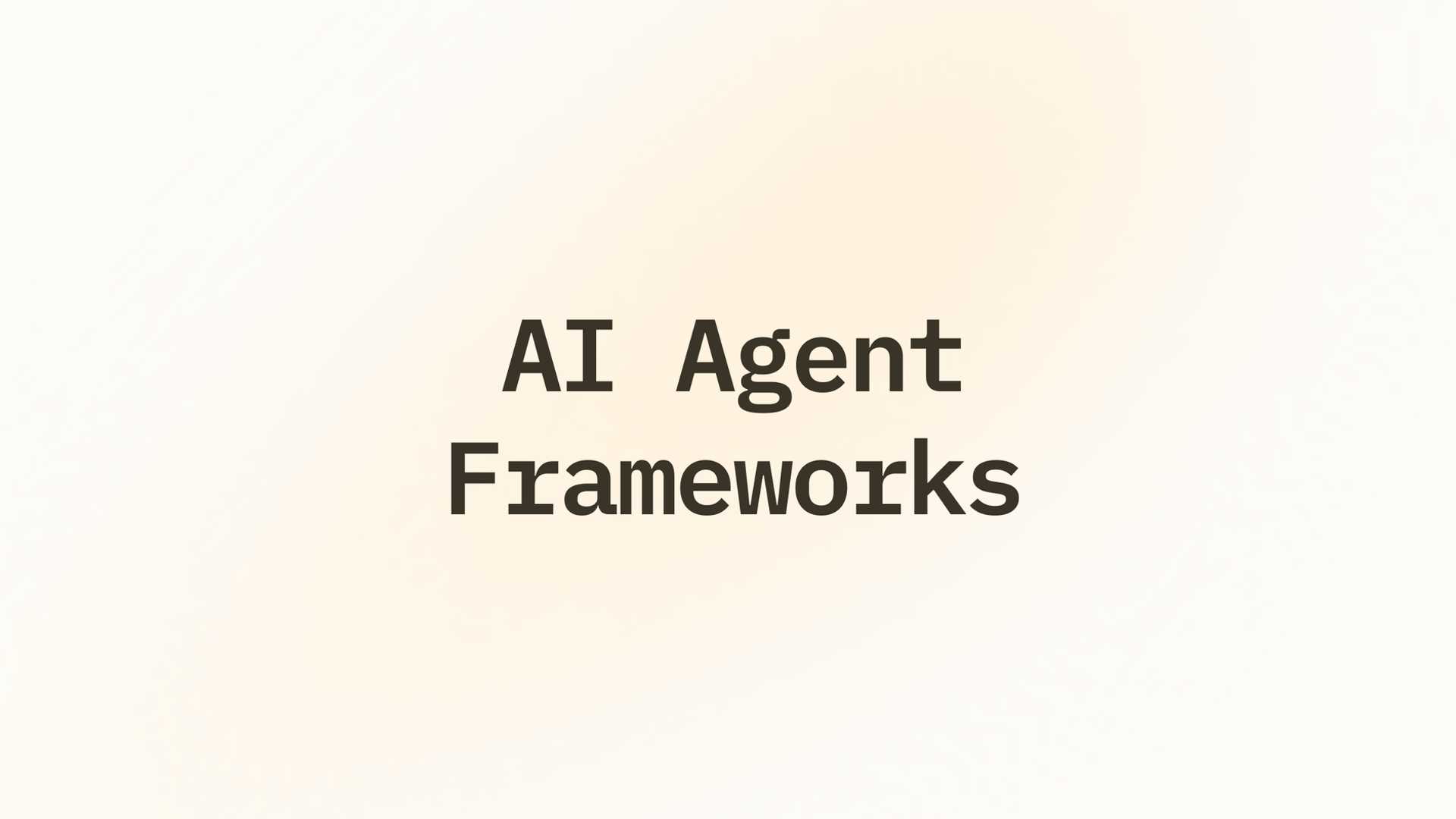10 Best AI Agent Frameworks: Picking the Right One | 2025 | Lindy
If you’re trying to figure out which AI agent framework is right for your team in 2025, you’re not alone. There’s a range of options, from no-code platforms like Lindy to developer-first stacks like LangChain and CrewAI. So, any team can find a framework to meet their needs and skill level.
What is an AI Agent Framework?
An AI agent framework is a specialized development environment that provides the tools for creating intelligent agents. They aren’t autonomous agents themselves. Instead, they’re the infrastructure and tools developers use to build and customize intelligent agents.
Key tools found in these frameworks include large language models (LLMs), which enable them to understand written inputs. These frameworks have API connections, context management tools, and the ability to execute workflows.
Once built using these frameworks, autonomous agents can make decisions, utilize tools, and perform complex tasks with minimal human intervention. Unlike chatbot-style LLMs like Claude or Gemini, agents built with these frameworks can be embedded directly into tools and software.
Applications of AI Agent Frameworks
Effective autonomous agents made using these frameworks have many real-world applications. They can execute customer support tasks, retrieve data, or collaborate on multi-agent research. They basically automate complex business workflows with minimal human input. Lindy is a no-code AI agent framework designed for business users who want to build autonomous agents.
Lindy is designed for non-technical users and teams looking to automate tasks without coding. It’s ideal for teams looking for a practical, no-code AI framework to automate high-volume, repetitive tasks across sales, support, recruiting, and operations. It’s built to quickly create AI agents that manage inboxes, conduct research, and even handle phone calls.
Comparison of AI Agent Frameworks
When comparing LangChain, AutoGPT, CrewAI, and Lindy, the primary difference lies between usability and raw flexibility. Here’s how these 4 platforms compare:
- LangChain: Open-source framework for developers creating complex applications
- AutoGPT: Performance-focused framework for low-latency task execution
- CrewAI: Framework for building collaborative multi-agent systems
- Lindy: No-code framework for business users to build autonomous agents
Choosing the Right AI Agent Framework
Choosing the best AI agent framework starts with understanding your team’s technical comfort level and automation goals. Here are a few points to consider when selecting an LLM agent framework:
- Technical expertise and coding abilities
- Integration with existing tools
- Scalability and pricing
Most AI frameworks expect you to be an expert with code and familiar with LLM agent frameworks. Lindy, on the other hand, requires zero coding ability and offers an agent framework built for operators, not engineers. When compared to common AI agent frameworks, here’s how Lindy stands out:
Unlike Python AI frameworks that require custom coding and orchestration, Lindy is a plug-and-play system. Start your agent creation with a premade template and launch your agent in minutes, without code.

This means that non-technical professionals, such as product managers, sales teams, and analysts, can build and deploy effective agents. For professionals seeking the best AI agent frameworks for beginners, Lindy offers speed, ease, and results without developer bottlenecks.
Lindy integrates with the tools your team already uses: Gmail, Google Calendar, and Slack to CRMs, EMRs, spreadsheets, and APIs. Agents take actions, pass data, and trigger workflows—no manual integrations or developer effort required.

Lindy enables effective agents that route leads, triage tickets, and sync data across apps. This makes Lindy an effective agent for real-world business operations. Lindy’s Swarms feature allows multiple agents to handle tasks in parallel within a workflow, with each agent focused on a specific context.




















